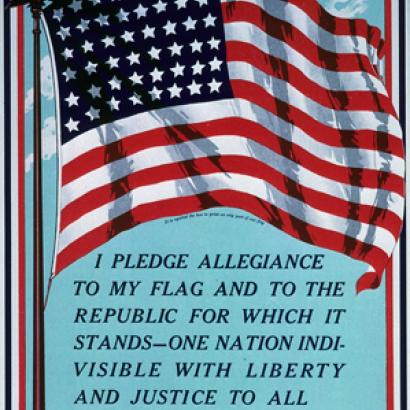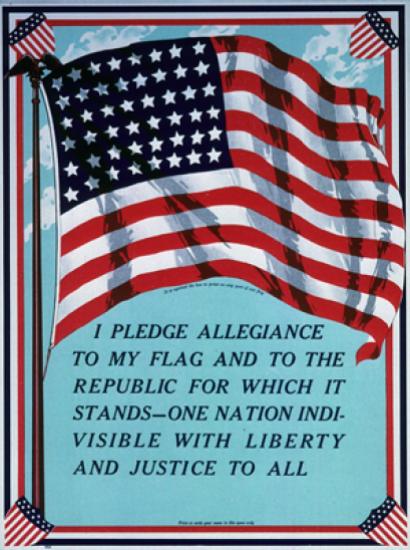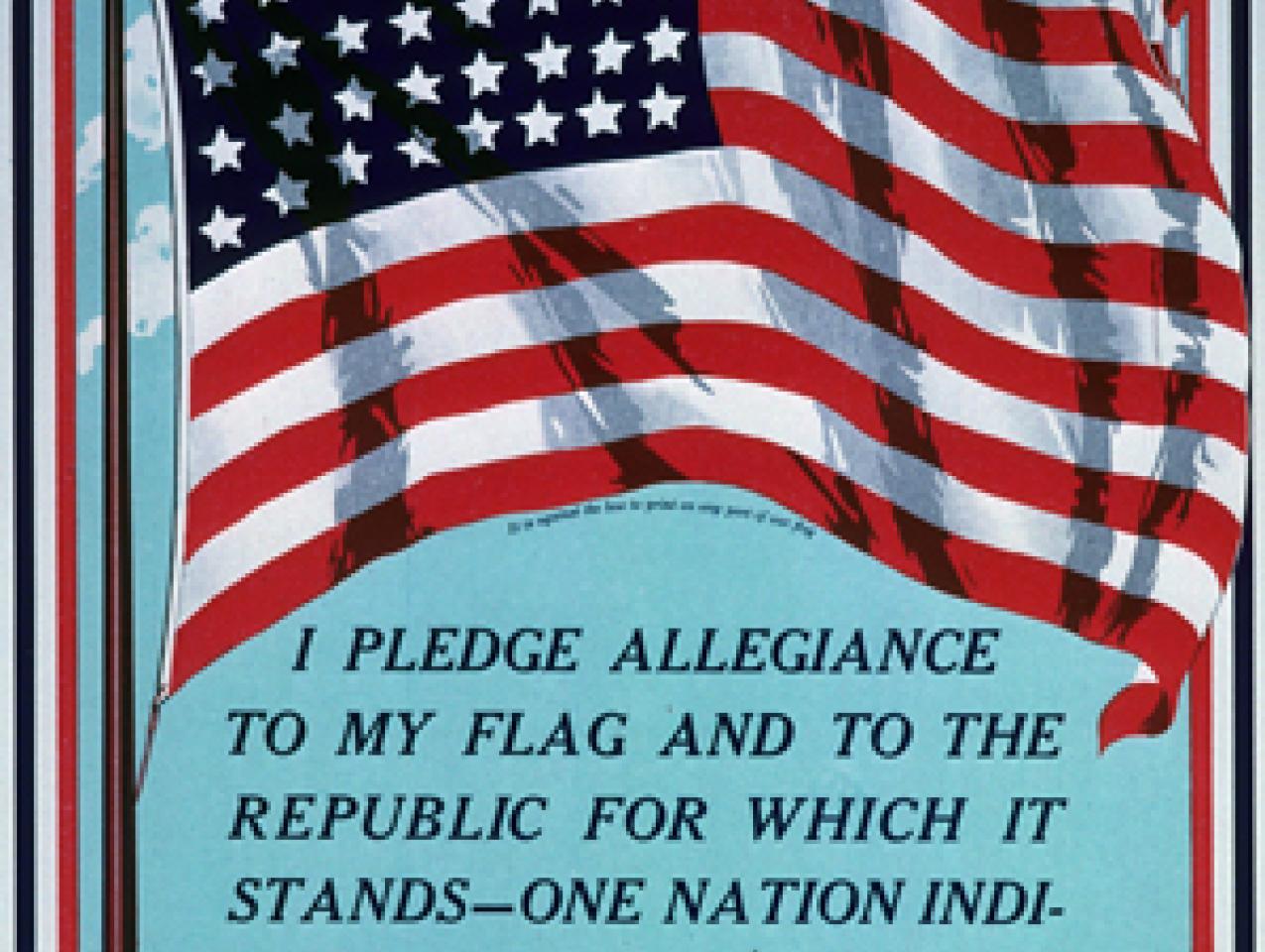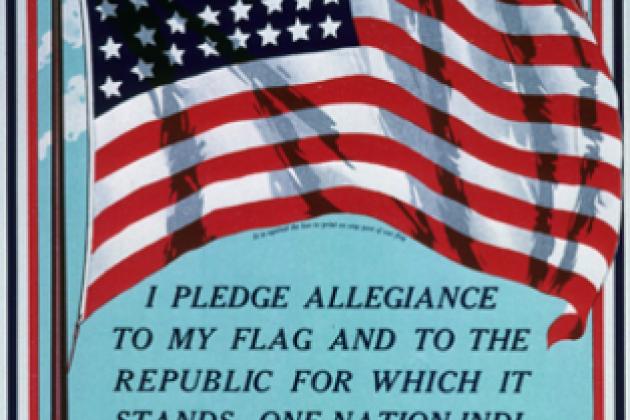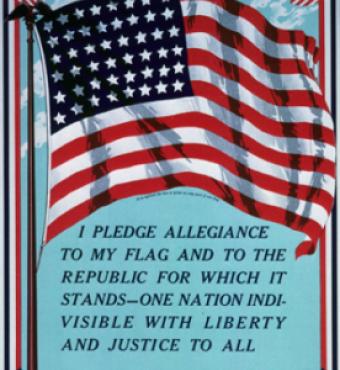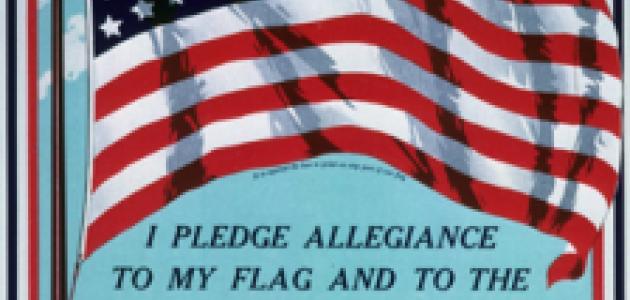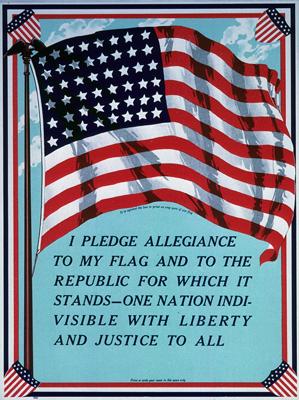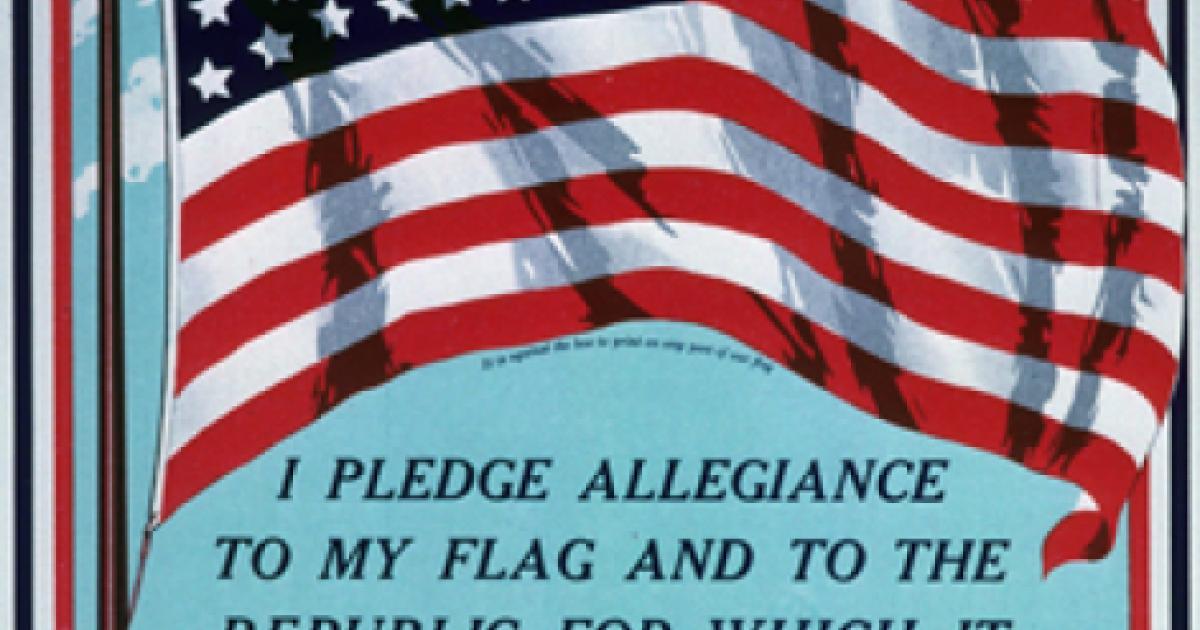- History
- Military
- US
- Politics, Institutions, and Public Opinion
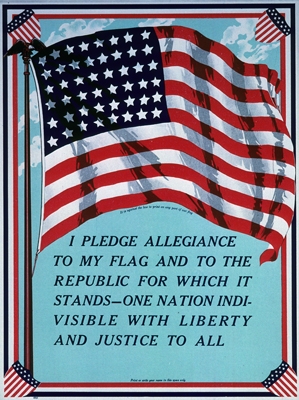
Both in his campaign speeches and in his initial actions after taking office, Donald Trump has made it clear that he aims in his foreign policy to follow the path of dismantling America’s alliance system of turning away an economy that has emphasized globalization to one that is protected by tariffs, and of pursuing what he called one of “America first.”1 For many Americans, at least to those with some knowledge of the last 75 years, Trump’s direction appears to be a massive break with the past. It is not. In fact, for most of its history, the United States has followed a grand strategy that has largely involved a separation from much of the rest of the world. In the eighteenth century, there was, as George Washington pointed out, little reason for the nascent republic to engage in foreign entanglements, when a great ocean separated the United States from the European powers. Expansion to the Pacific in the mid-nineteenth century made little difference because the distances across that ocean were even greater, while there was no apparent threat in East Asia to America’s interests.
All that changed in the twentieth century with the emergence of a globalized world economy even before the disastrous arrival of the First World War. That conflict eventually pulled the United States into the slaughter on the Western Front. Interestingly, President Woodrow Wilson refused to declare the United States an ally of the Entente Powers, but instead announced that America was an associated power. Only in the war’s last months did American forces engage in major fighting. Nevertheless, the United States emerged as the great victor. It was now the world’s dominant economic and financial power. Yet, almost immediately upon the war’s conclusion, the United States withdrew into semi-isolation, refusing to join the League of Nations. The Treaty of Versailles that settled some of the outstanding differences among the powers, nevertheless, hardly lived up to the promises that the American president, Wilson, had made in bringing the United States into the conflict in April 1917. Nevertheless, in terms of the context, especially considering the egregious crimes and destruction that the German Army had committed, the Treaty of Versailles was about the most reasonable peace that one could have been expected.2
Too many historians have argued that the refusal of the United States to participate in the League of Nations after the war made World War II inevitable. That is nonsense. The election of Warren G. Harding with his slogan of a “return to normalcy” made it clear that the American people were not interested in foreign entanglements; Harding won 60 percent of the popular vote and 404 electoral votes to his opponent’s 127. The one major diplomatic success of his administration, and a multi-lateral one at that, was the Washington Naval Conference, which allocated warship tonnages to the major powers to prevent a naval race. For the most part, the 1920s represented a relatively peaceful decade, while the U.S. economy grew at a fast pace in the aftermath of a recession immediately after the war. The international calm allowed American presidents to dabble in issues like naval disarmament and whether the United States should join the world court, but there appeared no great threats to American security.
But the thirties were a much nastier and unforgiving decade. What had begun with the Wall Street Crash of October 1929 soon spiraled into the worst depression in world history. The passage of the Smoot-Hawley Tariff Act in June 1930 turned what should have been a recession into a disastrous collapse of the American as well as the global economy. The act raised tariffs on over 20,000 goods; the rest of the world rapidly followed suit, and the result was that U.S. exports and imports collapsed by over 50 percent. Besides the economic suffering the Depression and tariffs caused, they unleashed enormous political turmoil throughout the world with the appearance of governments and political leaders across the globe pledged to overthrow the international order.3
Confronting an economic collapse of epic proportions, since their company was the most dependent on exports of any major nation, the Japanese military struck at Manchuria in September 1931 to begin what they hoped would prove the creation of an autarkic economic system. The League of Nations condemned the Japanese actions, but refused to take any serious action. The Japanese immediately walked out of the League.4 The United States announced that it would refuse to recognize any puppet government the Japanese established in Manchuria, but it too took no action. Meanwhile, the Depression only continued to worsen; not surprisingly Americans continued to look ever more inward.
Part of that drive was the result of an international situation that continued on a path headed toward hell in a handbasket. The international arena, not only in Europe, but in Asia, appeared ever gloomier as each month passed. In October 1935, Mussolini’s Italians invaded Ethiopia, a member in good standing in the League. In spite of intense popular pressure in Britain, the British and French refused to take any serious actions, beyond insignificant sanctions.
Perhaps the only excuse for the pusillanimous behavior of the Western democracies was the fact that the Germans already appeared to be a growing threat to Europe’s peace. Having come to power in late January 1933, Adolf Hitler had embarked the Reich on a massive military buildup. In July 1936, a group of Spanish generals launched a coup against the elected government. The coup only partially succeeded with the result that a bitter, ferocious civil war broke out, the Nationalist side supported by the Germans and the Italians, the Republic by Communist Russia.5 By 1938 the Germans were on the move in Central Europe, first chewing up Austria and then forcing the Czechs to surrender the Sudetenland, which rendered them defenseless.6 Meanwhile in Asia the Japanese had begun a massive invasion of China, which they accompanied with the wholesale slaughter of civilians.
And what were the Americans doing? Burying their heads deeper and deeper in the sand. In April 1934 a senatorial committee, chaired by Gerald Nye of North Dakota, began a series of extensive hearings that came to the conclusion that the United States had become involved in the First World War because of the loans its major banks had made to the Entente Powers, and the massive export of munitions to the allies by the so-called “merchants of death.” Congress’s enthusiastic response to the Nye Committee and the nonsense that it served up to the media and public in its report was to pass a series of neutrality acts between 1935 and 1937. These made no distinction between the aggressor nation and those being attacked, forbade any loans or the shipment of arms to those engaged in hostilities, and forbade U.S. citizens from traveling to war zones. Not until November 1939 was President Franklin Roosevelt able to extract the concession of “cash-and-carry” from Congress over the howls of the isolationists. That mitigating of the neutrality laws allowed the British and French to purchase armaments in the United States, but they were responsible for transporting the weapons and war material on their own ships from the United States across the Atlantic.7
Nevertheless, as the world situation worsened, the Roosevelt administration had begun a rearmament effort that lagged in some areas because Congress and the American public were unwilling to support greater expenditures. The increase in the Navy authorized by the 1934 naval bill aimed largely at mitigating the effects of the Depression by ensuring greater employment for shipyard workers. But the Second Vinson Act of 1938 was a major step toward naval rearmament; it specifically authorized the construction of 105,000 tons of battleships, including the first three of the Iowa-class, and a major increase in cruisers and destroyers. Shortly after the fall of France Congress authorized a third massive increase in the Navy, with an over 70 percent increase and no less than eighteen aircraft carriers authorized. The fact that the bill passed the House of Representatives by 316 to nothing underlined the willingness of even the isolationists to support military forces that would protect the America’s oceanic frontiers.
The same could not be said about Congressional willingness to support great increases in the Army’s ground forces, particularly since such manpower would have to come from a draft. In summer 1940 the U.S. Army was a pitiful military force that ranked in numbers and equipment barely with that of South American dictatorships. But having waited until the catastrophe of the French defeat had more than underlined the extent of the threat, the Roosevelt administration had no choice but to bite the bullet and introduce legislation that authorized a draft. It was signed into law in September 1940. By that time there was far greater support for serious defense measures, which Britain’s steadfast stand against the onslaught of Hermann Göring’s Luftwaffe had only served to solidify.
Nevertheless, American support for Britain was no means unanimous. Even though American public opinion moved slowly but steadily in favor of supporting its allies with direct aid, a significant number of Americans vociferously opposed Roosevelt’s decisions, because they believed he was intent on taking the United States into war. Led by a number of prominent politicians as well as the famous flyer Charles Lindbergh, the “America First” movement was started by students in the Yale law school. One of the most prominent members of that university’s undergraduate student body, Kingman Brewster, would become one of the leaders of the movement. As editor of the Yale Daily News, he would write an editorial in spring 1941 that compared the introduction of conscription with the introduction of fascism into the United States. Ironically, Jimmy Carter would appoint him to be ambassador to Britain in 1977.
Roosevelt would gain sufficient support among the American people to win an unprecedented fourth term, but the furious assault of the “America firsters” continued unabated. Such was the degree of opposition to aiding the allies that the Congress of the United States renewed the draft by a single vote in July 1941 at a time when German spearheads were approaching Smolensk and it looked like the Soviet Union was on the verge of collapse. Moreover, within the Army itself, which had grown enormously as a result of the draft, there was a movement titled OHIO, an acronym for “over the hill in October.” The threads of isolationism, typified by the America First movement, ran deep in the American polity until the devastating Japanese attack on Pearl Harbor finally brought the American people to their senses.
So what are we to make of this period of isolationism, when the United States clamped down with massive tariffs on imports; when it refused to have close ties with other major powers, much less participate in alliance; and when it closed off virtually all immigration? The period of the thirties certainly suggests that “America First” may not be a sensible direction towards which to steer the nation. In economic terms, the periods before the First and Second World Wars certainly suggest that the American economy has done far better when its markets as well as global markets have been largely unimpeded by tariffs. In terms of alliances, the great island power of Great Britain and the United States from the early eighteenth century through to the Cold War have done best in their conflicts when they have worked with continental powers against their opponents.8 Not only did the alliances that the United States forged in Asia and Europe win the Cold War, but the economic power and military deterrence resulted in victory without another world war.
1 For an examination of alliances to the conduct of grand strategy and the conduct of international relations see Peter R. Mansoor and Williamson Murray, eds., Grand Strategy and Military Alliances (Cambridge, 2016).
2 For a look at the Treaty of Versailles within its historical context, see Williamson Murray, “Versailles: the peace without a chance,” in Williamson Murray and Jim Lacey, eds., The Making of Peace, Rulers, States, and the Aftermath of War (Cambridge, 2009) 209-239.
3 For the rise of Mussolini and Hitler to Power, see particularly MacGregor Knox, To the Threshold of Power, 1922/33: Volume 1: Origins and Dynamics of the Fascist and National Socialist Dictatorships (Cambridge, 2007).
4 On the Manchurian crisis and the West’s response, see particularly Christopher Thorne, The Limits of Foreign Policy: The West, the League, and the Far Eastern Crisis of 1931-1933 (New York, 1973).
5 For the Spanish Civil War, see Paul Preston, The Spanish Civil War: Reaction, Revolution, and Revenge (London, 2007).
6 For an examination of the German drive to destroy the European balance of power, see Williamson Murray, The Change in the European Balance of Power, 1938-1939: The Path to Ruin (Princeton, NJ, 1984).
7 For Roosevelt and the tangled politics of isolationism see among a host of books, H. W. Brands, Traitor to his Class: The Privileged Life and Radical Presidency of Franklin Delano Roosevelt (New York, 2009).
8 For a discussion of grand strategy and maritime great powers, see Williamson Murray, “Grand strategy, alliances, and the Anglo-American Way of War,” in Mansoor and Murray, eds., Grand Strategy and Military Alliances (Cambridge, 2016) 19-46.







